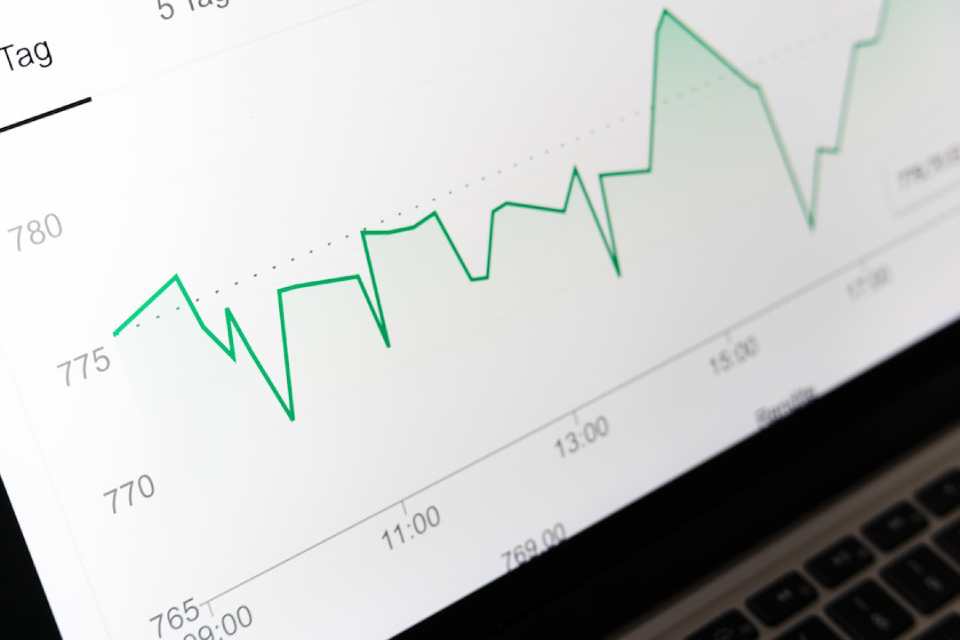In the fast-paced world of sales, understanding metrics is indispensable. These metrics provide the framework needed to set objectives, track performance, and elucidate areas that need improvement. One such key performance index is Sales Velocity. In this article, let us understand sales velocity and how it influences business growth.
Understanding Sales Velocity
Sales velocity is a metric used to measure how quickly a business is making money—essentially, it calculates the speed at which potential leads translate into customers. It’s a clear indication of your sales process efficiency and gives you insights into the spending power of your prospects.
At its core, it helps businesses identify areas where they might be losing potential sales, allowing them to strategize more effectively. It offers insights into your sales funnel, providing critical information on how long it takes for a lead to become a client.
A higher sales velocity signifies a smoother and more efficient sales process. Lower sales velocity, on the other hand, might indicate room for improvement. Breaking down sales velocity can expose underlying issues that are hampering your sales. For a detailed overview, you can read more about the definition of sales velocity.
Whether you’re a start-up or a well-established company, incorporating sales velocity into your business strategy can help to increase your revenue, expand your customer base, and ensure sustainable growth. It’s a vital metric for businesses of all sizes and industries.
The Four Components Of Sales Velocity
Sales velocity consists of four primary components: the number of opportunities, average deal size, conversion rate, and sales cycle length. Understanding these components can help to optimize your process and increase your turnover.
The number of opportunities refers to the number of potential sales leads in your pipeline. The more opportunities you have, the better your chances are of making a sale. However, quality should not be overlooked for quantity as not all prospects convert into sales.
The average deal size is the average revenue per buyer. Increasing deal size is a proven way to enhance your sales velocity. Finding ways to upsell or cross-sell to your customers can help improve the average deal size and, in turn, increase your sales velocity.
The conversion rate is a measure of your ability to transform potential leads into actual customers. Lastly, the length of the sales cycle represents the time taken to close a sale. Shortening the sales cycle can remarkably enhance your sales velocity.
How To Calculate Sales Velocity And Its Significance
Sales velocity is calculated by multiplying the number of opportunities, deal size, and conversion rate, and then dividing the result by the length of the sales cycle. The result is a measurement of the amount of revenue you can expect to generate each day.
Knowing how to calculate your sales velocity is just the first step. Analyzing and applying this knowledge to your business strategy is equally, if not more, important.
The significance of sales velocity lies in its ability to provide a snapshot of your sales health in real time. It aids in identifying potential bottlenecks in your sales process, enabling you to take corrective action and improve sales performance.
A thorough understanding of sales velocity can lead to more effective pipeline management, better forecasting, and ultimately, improved business performance.
Strategies To Increase Your Sales Velocity

Increasing sales velocity involves improving one or more of its four components. Business strategies can be developed around these components to enhance sales performance.
Improving the quality of your leads, increasing average deal size, shortening the sales cycle, and enhancing your conversion rate are all effective ways of boosting your sales velocity.
An analytical approach to each component of the sales velocity calculation can lead to data-driven decisions, which in turn can dramatically enhance sales performance.
Crafting a comprehensive, revenue-driven strategy that addresses all components of sales velocity is crucial for success in today’s competitive business landscape.
Sales Velocity: A Critical Sales Metric
Sales velocity, without a doubt, is a critical sales metric. It’s not just a superficial number—it provides key insights into the efficiency of your sales process and helps you make data-driven decisions.
Improving your sales velocity means more than just growing your customer base—it means optimizing your entire sales process for maximum efficiency and effectiveness. It’s a powerful tool that can help shape business strategies and identify areas of opportunity.
By focusing on sales velocity, businesses can achieve a competitive edge in their industry and drive meaningful growth.
Overall, sales velocity is a powerful tool that provides a comprehensive picture of a company’s sales health, enabling businesses to optimize their sales process, improve forecasting, and drive growth.
Also Read: Trust In Business: Does It Matter?





